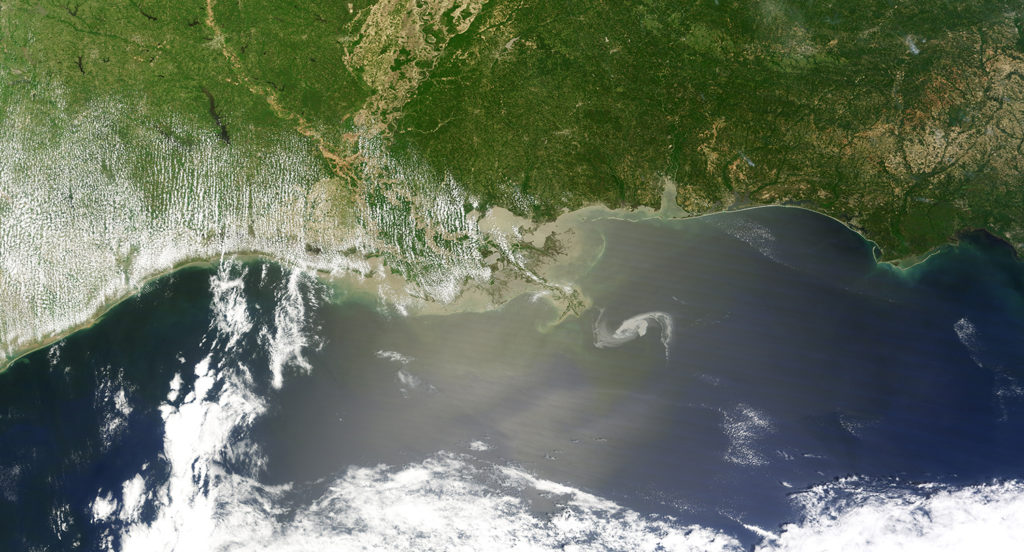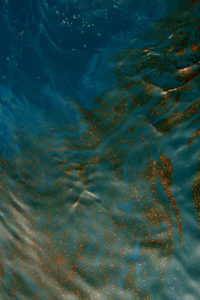In April 2020, we mark both the 50th celebration of Earth Day on April 22, and DNA Day on April 25. As both Earth and DNA are close to our JGI hearts, we’re highlighting genomic science research that feels especially relevant to living on a changing planet.

Ten years ago, an explosion on the Deepwater Horizon oil rig resulted in nearly five million barrels of light crude oil spilling into the Gulf of Mexico. In the months and years after the spill, researchers at Lawrence Berkeley National Laboratory (Berkeley Lab) including JGI scientists, conducted several studies to understand how the microbial communities in the waters responded to the influx of oil.

Terry Hazen, a former Berkeley Lab environmental biologist and current holder of the University of Tennessee-Oak Ridge National Laboratory Governor’s Chair, described the early efforts in his keynote talk at JGI’s 2011 Annual Genomics of Energy & Environment Meeting. “What we wanted to do was apply a systems biology approach to the oil spill looking at exactly what happens at all levels and developing models for cellular properties, communities and ecosystems.”

One of the biggest questions, he noted, was the mystery of the missing oil. “There was oil on the surface and oil below, but no oil in between.”
To explain the mystery of the missing oil, his team used plume samples taken from May to October of 2010, tracked the thousands of bacterial and archaeal species using a DNA-based array developed at Berkeley Lab, and took advantage of the JGI’s single-cell genomics expertise to identify a new “oil-seeking” species related to Oceanospirillales.
In 2012, Berkeley Lab efforts to track a series of microbial species dominating the community in the waters at various time points to remove different fractions of the oil were enabled in part by the JGI and Advanced Light Source (ALS), both national user facilities located at the Lab.

“I think what we’re seeing are these waves of community members and this is known to happen in the ocean,” said Janet Jansson, former Berkeley Lab researcher and currently Chief Scientist for Biology in the Biological Sciences Division and a Laboratory Fellow at the Pacific Northwest National Laboratory (PNNL). “We probably have a bloom of alkane degraders that were present when we sampled early in the spill history. In later expeditions they found methane degraders or propane degraders suggesting that there was a succession in the community and their properties.”
In a 2014 Frontiers of Microbiology paper, JGI’s single-cell genomics expertise was once again harnessed by Berkeley Lab researchers to understand why Colwellia bacteria were predominant in the Gulf of Mexico following the oil spill.
Enabled in part by JGI’s Emerging Technologies Opportunity Program, in 2017, Berkeley Lab researchers reported that they had reproduced the oil dispersal in the lab, replicating the successive populations of diverse microbes over two months. Described in the Proceedings of the National Academy of Sciences, their approach allowed the successful resolution of high-quality genomes and the characterization of functional capabilities for all the key microbes for the first time.
Byline: Massie S. Ballon